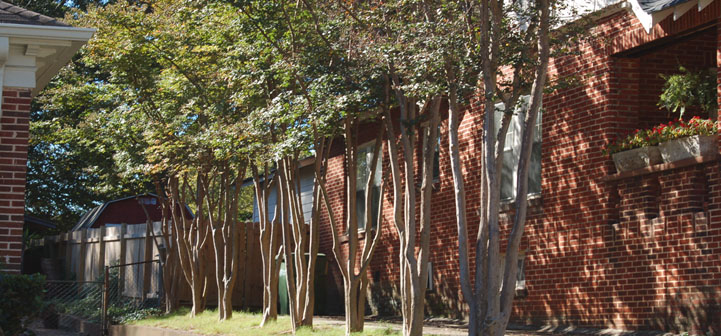The air in your home may be more polluted than outside air. A variety of pollutants exist in different levels in all homes. Examples include carbon dioxide (CO2) and carbon monoxide (CO) from gas-fueled appliances, radon gas from the soil surrounding and under foundations, formaldehyde from building materials and particulates such as mold and tobacco smoke. Some of the more common pollutants are listed below along with information about their creation and possible human health concerns.
| Sources | Pollutant Types |
|---|---|
| Ambient air | Sulfur dioxide (SO2), Nitrogen oxides(NO), Nitrogen dioxide (NO2), Ozone (O3) |
| Motor vehicles | Exhaust pollutants including CO |
| Soil | Radon |
| Particle board | Formaldehyde |
| Insulation | Formaldehyde, fiberglass |
| Fire retardant | Asbestos, volatile organic compounds (VOC) |
| Paint | Mercury, organics |
| Adhesives | Organics |
| Heating and cooking | CO, SO2, NO, NO2, particulates |
| Furnishings | Organics, odors |
| Water service | Radon |
| Living occupants | CO2, Ammonia (NH3), organics, odors, viruses |
| Tobacco smoke | CO, NO2, Hydrogen cyanide (HCN), organics, particulates, odors |
| Aerosol devices | Fluorocarbons, hydrocarbons, vinyl chloride |
| Cleaning and cooking products | Hydrocarbons, odors, NH3 |
| Hobbies and crafts | Organics |
Examples of In-home Pollutants
Carbon dioxide and carbon monoxide Carbon dioxide and carbon monoxide, resulting from combustion of fuel, can pose serious health problems. Older appliances usually generate the highest levels of carbon monoxide due to improper combustion, leaks, and lack of enough fresh air for complete combustion. While carbon dioxide only causes problems at high levels, its presence usually indicates carbon monoxide is also present. High carbon dioxide levels cause drowsiness and indicate poor ventilation. Carbon monoxide causes headaches and fatigue at low levels and may cause unconsciousness or death at high levels. Ensuring an outside air supply for any combustion appliance, proper operation of flues and chimneys, regular air exchanges, and regular maintenance help to alleviate the problems. Carbon monoxide alarms should be present on each level of the home.
Radon Radon enters a structure through access holes for piping, floor cracks, and other openings to the soil, and results from the decay of naturally occurring radioactive materials in the soil. Radon has the potential to cause lung cancer at high levels. Ventilating crawl spaces and basements with fresh air may reduce the problem, but the preferred method is to vent a gravel layer below the basement floor or sub-slab depressurization. A radon test should be conducted to determine the existing radon level.
Formaldehyde Other household airborne hazards are a result of construction materials and cleaners. Formaldehyde, a common industrial chemical, is present in many building materials, adhesives, and household furnishings. The formaldehyde gas can leave materials and enter the environment throughout the lifetime of the material. Some materials may continue to out gas for many years. Formaldehyde causes irritation in mucous membranes in the nose, throat, and eyes. It needs to be vented to the outside. Formaldehyde use is more restricted in construction materials today. Consumers can ask for materials and products that have lower formaldehyde levels or contain no formaldehyde.
Particulates Particulates include larger airborne items such as mold spores and tobacco smoke. It also includes viral and bacterial organisms, pet dander, dust, and many other things. Due to a large variety of items, physical ailments vary from colds to asthma attacks, allergies, and lung disease. Some particulates may be filtered out, but others can be vented only to the outside. For more detailed information go to http://www.uwex.edu/healthyhome/consumers.html and http://www.healthyindoorair.org/oldsite/default.html.

